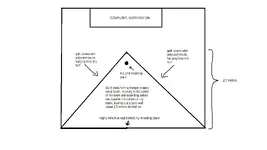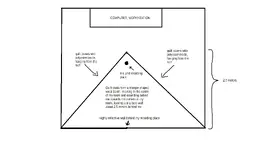A
atibingler
New member
Hey!!
Been recording guitars for a week or two and I'm not satisfied with the quality. I find myself EQing my takes to death which ends up hurting the sound. So I saw this video which basically tells you how to easily treat your room to get better recordings. https://www.youtube.com/watch?v=np-dyi0wWRQ
Basically the gray-haired chap has built an isolated vocal booth with some sheets with foam inside, hanging from the roof. My question is, isn't my current set-up already doing the same thing?
imgur: the simple image sharer
Cheers!
Been recording guitars for a week or two and I'm not satisfied with the quality. I find myself EQing my takes to death which ends up hurting the sound. So I saw this video which basically tells you how to easily treat your room to get better recordings. https://www.youtube.com/watch?v=np-dyi0wWRQ
Basically the gray-haired chap has built an isolated vocal booth with some sheets with foam inside, hanging from the roof. My question is, isn't my current set-up already doing the same thing?
imgur: the simple image sharer
Cheers!




